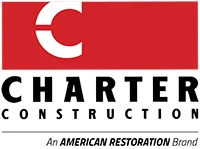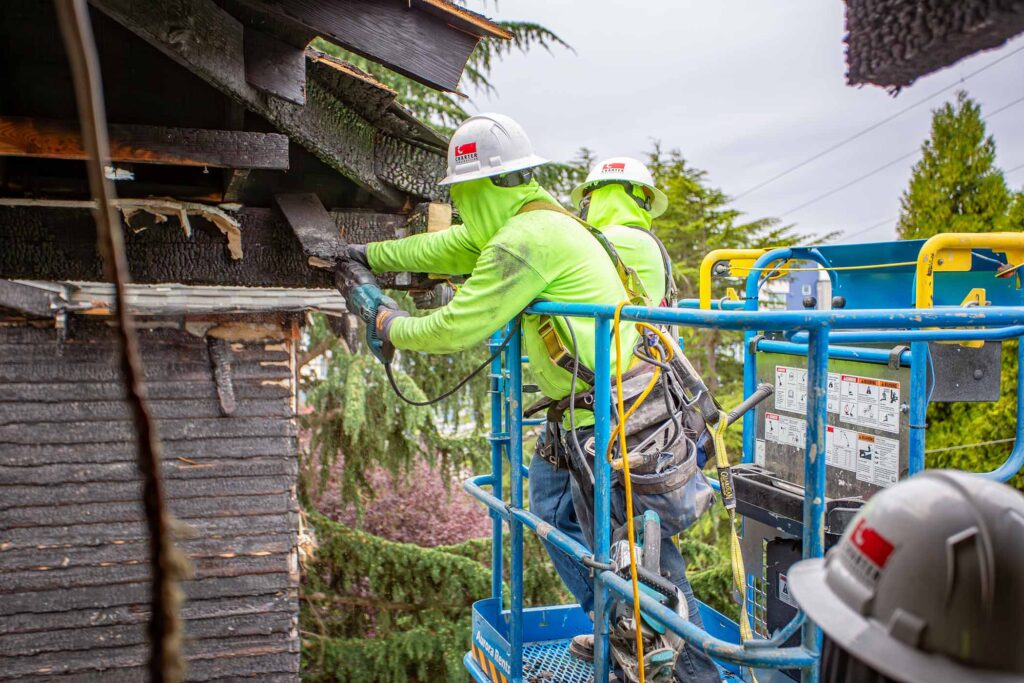In continuing our ongoing series of the Disaster Dos-and-Don’ts, we’ll be providing insights of proper steps to follow in the event of fire.
There’s a Fire! What should I do?
The first step after getting to safety is calling the fire department so that the fire can be put out. It sounds obvious, but stories abound of people who call their insurance agent or others first. Get to safety and call the fire department.
The second step in getting your home back is calling your insurance agent right away. The sooner that you can do this, the sooner you begin the process of getting back to normal. Once you’ve contacted your insurance company, they’ll send an adjuster to assess the damage and cost of repair. Many insurance companies will pay for an inventory of your possessions and this is normally overseen by the mitigation company. The “contents” of the home or business are photographed, boxed and labeled. Be sure to ask your agent whether you have this coverage. If not, you will need to do it yourself or hire someone to create the inventory.
Contact a Professional Contractor to Begin the Mitigation and Rebuilding Process
Once you’ve contacted your insurance company, you’ll want to get a contractor to your home as soon as possible. This will not only get the rebuilding process going as soon as possible, but also the cleanup process. While your insurance company may have recommended contractors, you should know that you are not required to use them and can select any qualified contractor you want. The water, fire, smoke, soot, and mildew damage can be extremely hazardous and should be cleaned up by a professional as quickly as possible in order to minimize lasting health effects and further damage. That’s why it’s always important to work with a contractor that you know and can trust. Throughout this time, take notes on everything. If the insurance company makes promises, get them in writing. The last thing you want is to expect something that was mentioned and not receive it because you have no proof to fall back on.
Utilities After a Fire
When you return home, you may be tempted to turn on the lights, water, or heat to be a little bit more comfortable—but don’t, at least until the fire department and your local utilities company have given you the go-ahead. Connecting unsafe utilities can lead to potential gas leaks, water damage, and even additional fires.
Separate Damaged and Undamaged Property – But Don’t Throw Anything Out
In order to receive the fullest settlement, you’ll need to catalog and document all of your property damaged in the fire. This will require you to provide as much information as possible on each item, including serial numbers and model names, as well as receipts and estimated purchase dates when possible. Again, be sure to check whether your insurance policy covers the handling of contents. When documenting items with many parts, it’s critical that you note each of them and not the lump sum. For example, if a toolbox is damaged, you should not only list the make, model, and estimated cost of the toolbox, but also the make, model, and estimated cost of each tool within it. Lastly, it’s important not to throw anything away until you’ve been given the ok by your insurance company, no matter how damaged it is.
Be Proactive
Work closely with your contractor and be sure that they are doing everything necessary to restore your home or business to pre-loss condition. They are your advocate in working with the adjustor to make sure that repairs and finishes are of the right quality. Annually, video your property and its contents. This will make it far easier to submit a full claim to your insurer. Use one of the many apps now available to catalog your possessions so that you are prepared should the unthinkable happen.
For more information about Charter Construction and our emergency response services, contact Wes Snowden at (206) 283-1900, Ray Myers at (503) 546-2600

